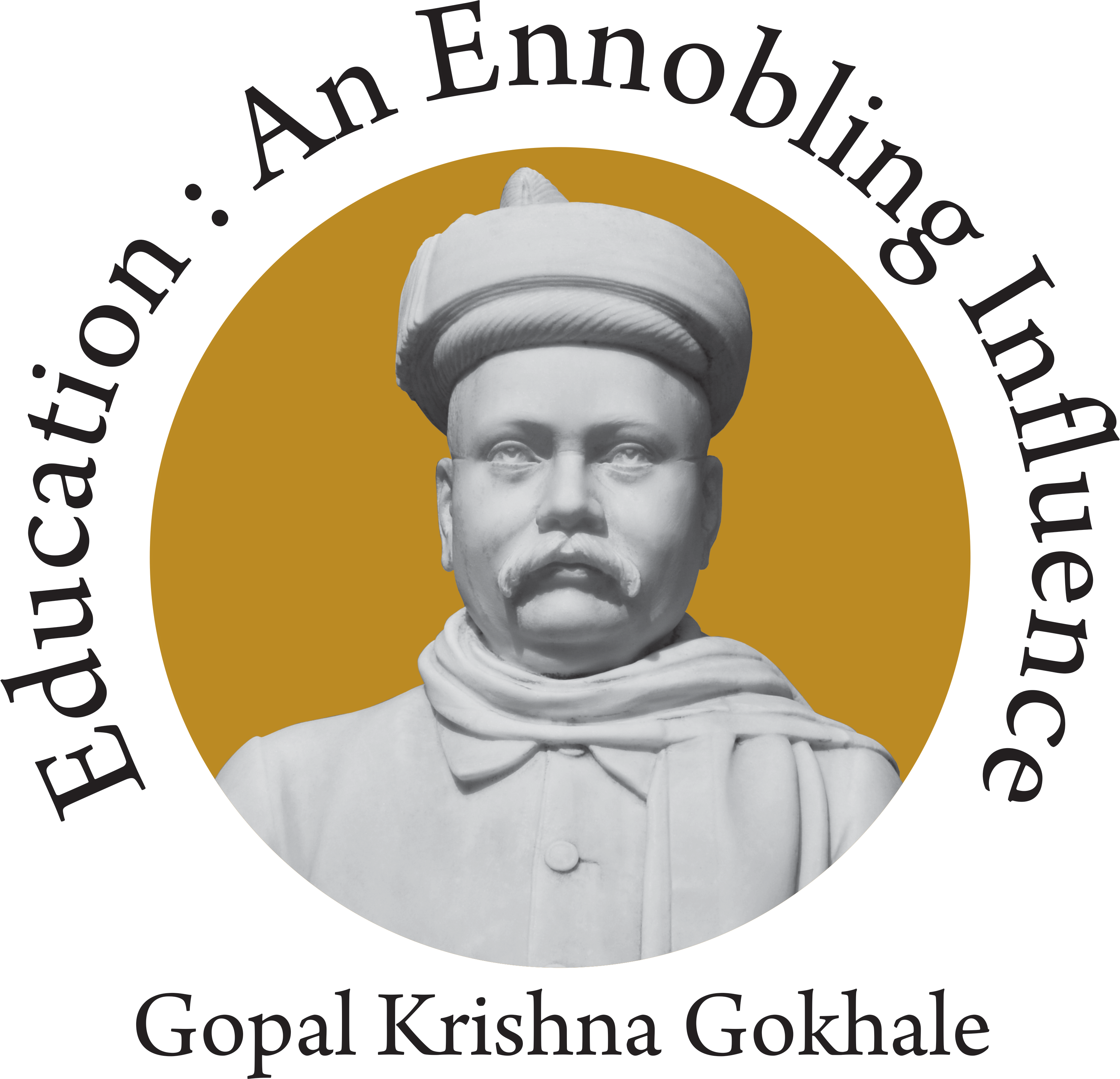Problems of the elderly in Goa: A sociological study
Abstract
The elderly is one of the vulnerable categories whose welfare has become an issue of great concern in contemporary India in view of the effects of demographic transition and sociocultural transformation. Among the Indian States, Goa is a special case in point on the policy debate on issues relating to the welfare of the aged population, as it is graying faster than the rest of India. The percentage of the population in the age group of 60 and above is higher in Goa than the all-India percentage for this age group due to such factors as low fertility and mortality rates and higher life expectancy. Its declining infant mortality, fertility and death mortality are typical of populations in the advanced phase of demographic ageing. Stated precisely; Goa is much ahead in the process of demographic transition which implies that proportionally fewer young people in State are available to take care of the older population. Besides demographic transition, there are also transformations and changes that are taking place in the Goan society like nuclearisation of households, large-scale inter-state and international migration of Goan youth, husband and wife going out for work, individualistic attitudes etc. which will add to the problems of giving care and support to the elderly population.
The author poses the question as to whether the public, government or the elderly have taken note of this demographic transition and changes taking place in the society. If so, what preparations are made to ensure a better quality of life for the elderly?
While answering these questions the study attempts to provide an understanding of the implications of demographic transition and social transformation for the category of elderly in Goa. Hence, the study takes into account the socio-economic characteristics of the elderly, their social world and three types of conscious efforts taken at enabling the elderly to live a better life namely, the State, the Interventionist, and the Voluntaristic.
The study reveals that any social-cultural or demographic situation is because of multiple causation, which in turn leads to both anticipated and unanticipated situations in the family and society. The family as a single unit is likely to change. It will require a great deal of adjustment at the family level to accommodate and care for the elderly. Elderly should never be treated only as a liability or as a burden on the family and State. Society must consciously inculcate the values of integration between generations. Active aging for elderly has to be promoted. Their learning, experience and maturity have to be put to use.
Old age homes could be utilized more as supplements rather than easily available alternative care arrangements. At the same time, family bonds which are still strong despite being an advanced State in India needs to be strengthened with incentives like tax remission, medical and food subsidies for the elderly and other supplementary attractions to encourage family care. Yet, we need old age homes for those who need them and for those who do not want to live with their children.
To conclude, taking care of the aged should come in a natural way. Both the old and the young should understand the issues and problems. Hence, as long as one lives, he or she has the right to live with respect and dignity. Younger generation should always think of the love, affection and guidance given by their parents. The first step of life is always guided by the parents. Hence, it is expected that the children would extend their hands for the last step of their parents.

